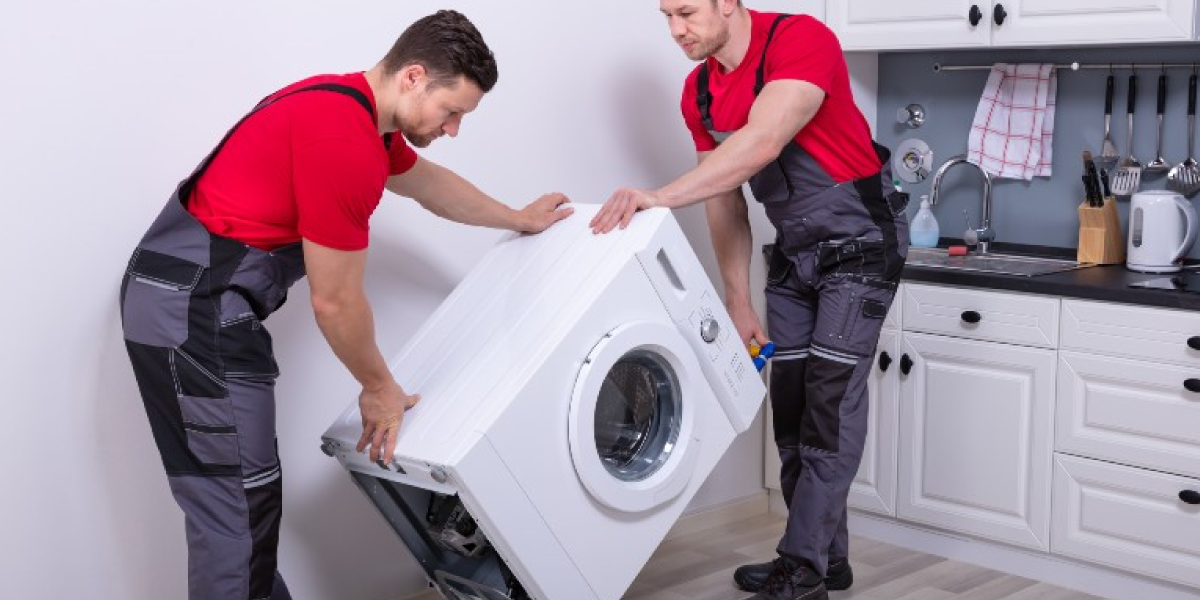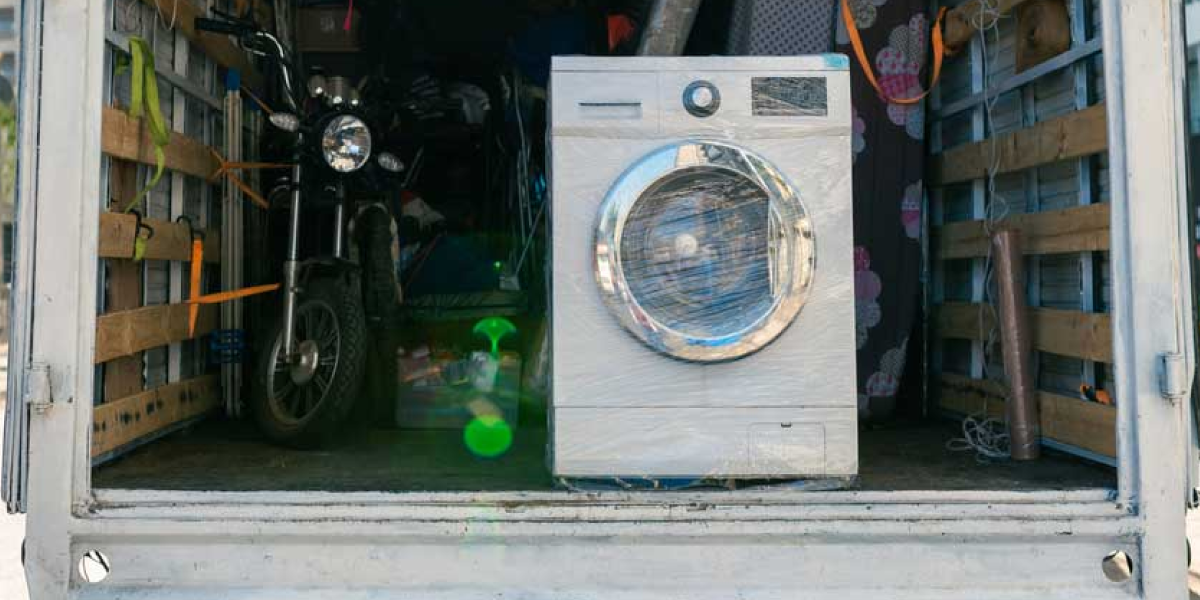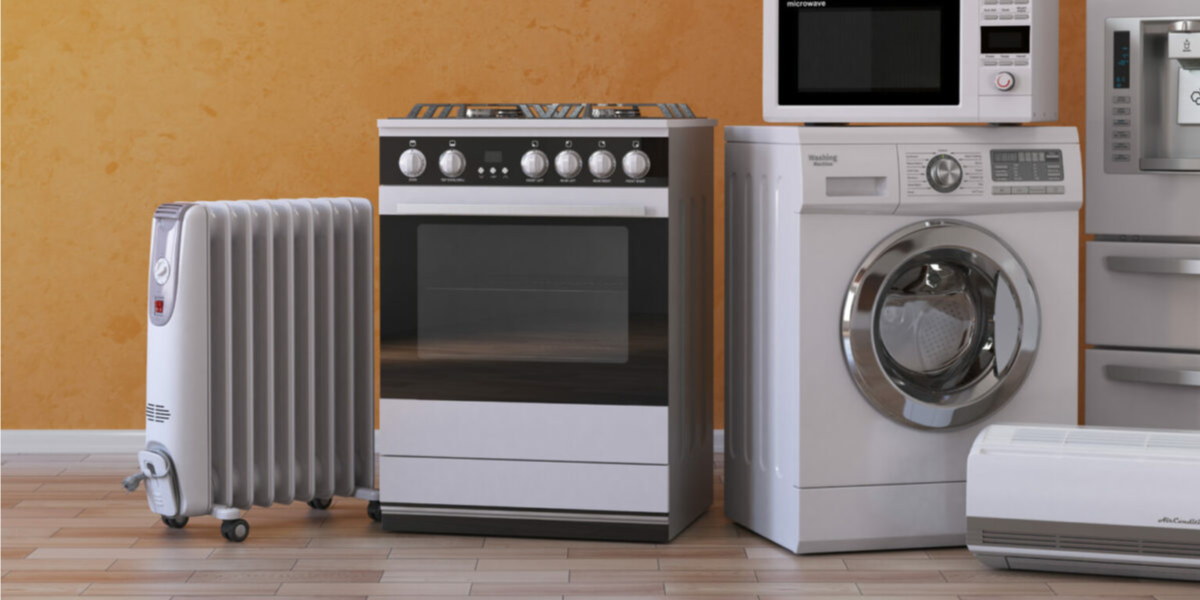Let’s say you just moved to a new place or need to put your washer away for a while. You might think storing it means just unplugging and leaving it in a corner, but that’s the easiest way to damage it. The truth is, if you don’t prepare it right, you risk mould, leaks, or broken parts. That’s why learning how to store a washing machine properly is so important.
So, how to store your washing machine the right way? You need to clean it, drain out every drop of water, secure the drum, and keep it in a dry, safe place. Doing this protects it from mould, rust, and damage, and makes sure it works perfectly when you use it again.
Now let’s go step by step. We’ll show you the simple things you must do so your washing machine stays fresh, safe, and ready to use anytime.

You cannot just put your washing machine away without preparation. If you leave water inside, it can freeze, mould, or damage parts. Dust and scratches can also harm the exterior. So, preparing it before storage keeps it safe and ready to use again.
When you clean and dry it properly, you stop mould and bad smells. Securing the drum prevents damage during moving. That’s why choosing the right storage place saves it from rust, heat, or dampness.
These steps regarding the storage for the washing machine make a big difference.

Now, let’s get into the details of washing machine storage techniques from first to last.
Always start with cleaning. A dirty washing machine stored for months can smell bad and grow mould inside.
Water is the biggest enemy of stored appliances. If left inside, it can cause leaks, mould, or even frozen pipes.
Moisture leads to rust and mould if you skip this step. Make sure everything is dry before covering.
Your washing machine’s drum is very delicate. If it moves too much, it can break the suspension system.
Use moving blankets to protect against scratches. If you want to know whether a moving blanket is waterproof, we explain it here.
Covering your machine the right way saves it from dust, scratches, and dents.
Where you keep your machine matters just as much as how you prepare it.
The way you move and place the washer also matters.
Even after storing, a few small steps keep your washing machine safe.
If you are storing both, remember dryers need care, too.

A washing machine can stay in storage for months or even years if prepared well. The main point is keeping it dry and safe from temperature changes.
If you plan to store it for over a year, check it occasionally. Place silica gel packets or a dehumidifier nearby to fight moisture. Before using it again, run a cleaning cycle to freshen it up.
If moving feels like too much work, you can see how Easy Way House Removals manages the overall moving process step by step here.
You can keep a washing machine in a garage only if the garage is dry and not too hot or cold. If it gets damp or freezing, the machine can rust or freeze inside. It’s always safer to pick a room or storage unit that has stable conditions.
Yes, moving blankets or cotton sheets work best because they keep out dust but let air pass through. If you use plastic wrap, it traps moisture and causes mould. A breathable cover protects the machine without locking in dampness.
No, you should always store it upright. If you lay it down, the drum and suspension can get damaged. Keeping it upright protects the inside parts and makes it ready to use again without issues.
Always unplug, drain, and secure the drum before moving it. Use a dolly or sack barrow and ask someone to help because the machine is heavy. Never drag it on the floor because that can break the bottom or scratch your tiles.
Yes, always run a cleaning cycle with hot water before you wash clothes again. This clears out dust, smells, or any moisture left during storage. It makes sure the machine is clean and safe to use.
It’s a good idea because detergent residue can turn sticky or mouldy. Take it out, wash it, and keep it in a bag taped to the machine.
Yes, if you are unsure about draining, moving, or securing the drum, a professional can do it safely. They have the tools and know how to avoid damage. This can give you peace of mind, especially for long-term storage.




